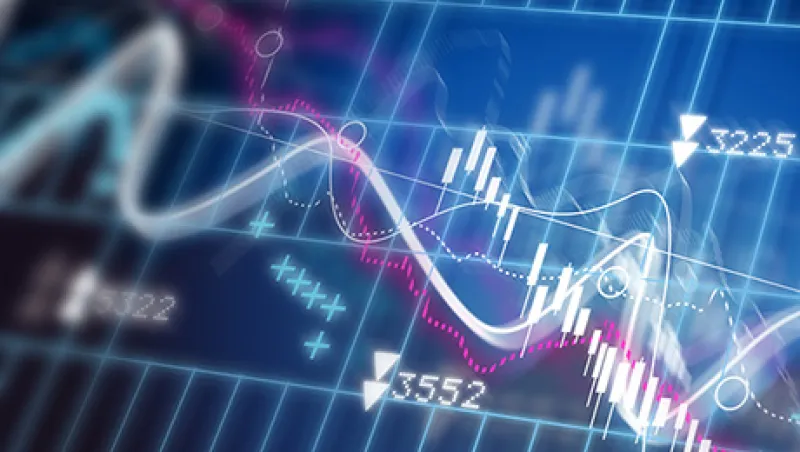The last few weeks of 2016 certainly haven’t been boring: President-elect Trump has been making foreign policy pronouncements via Twitter and issuing dire warnings for U.S. corporations that want to send jobs abroad; Italy rejected a reform-based referendum in a move seen as antibusiness; and the U.K. is still working on how to have its cake and eat it too when Brexit becomes official (the European Union insists the renegade isle will only be getting crumbs). All these signs indicate that 2017 is going to be a wild ride — and that could be good news for stock pickers, Goldman Sachs has just told clients.
In its “US Weekly Kickstart memo,” sent out December 2, and in its “2017 US Equity Outlook,” published in late November, Goldman’s U.S. equity research desk predicts that all the geopolitical upheaval likely means there will be higher dispersion of returns, and this increased dispersion “will increase opportunities to generate alpha in 2017.”
One of the reasons it has been so hard for equity hedge funds and active long-only managers to outperform in recent years is that the return dispersion of companies in the Standard & Poor’s 500 has been at record lows. In other words, because there is no meaningful difference between the performance of good and bad companies at any given time, managers are not rewarded for selections made on underlying company fundamentals.
The investment bank predicts that the S&P will rise to 2,400, or 10 percent, in the first quarter of 2017 on investors’ anticipation of lower corporate taxes and more business-friendly policies coming out of a GOP-led White House and Congress. Behind the optimism, however, there is uncertainty over what lies ahead for the economy and public policy as the U.S. enters uncharted territory, having just elected a president who has never held public office before.
“Few specifics are known about the policy direction of the incoming Trump administration,” Goldman Sachs says in its popular Monday-morning note.
But, the bank adds, “asset markets have begun to price an environment of faster growth, higher inflation and rates, and a variety of policy changes that suggest a marked shift from the investing environment of the past decade.”
Such periods of high economic and market uncertainty are typically associated with higher return dispersion, the report notes. Low unemployment figures also signal that the country is nearing the end of one economic cycle and could be headed for a downturn, which would also signal more market volatility.
Money managers would likely welcome a return to price dispersion. From 2004 to today, dispersion of S&P 500 companies as judged by their three-month returns only rose above the average performance dispersion (the difference between the best- and worst-performing companies in the index) of 29 percentage points during the 2008 financial crisis period, including its buildup and aftermath. Whereas dispersion recently has risen from its record low in 2014, it only crested above 30 percentage points between March and June of this year — only to fall back again to below-average levels.
Even if the long dispersion drought is over, however, it is not necessarily all good news for active managers.
“More alpha opportunities does [sic] not guarantee better performance if fund managers fail to capture that alpha,” Goldman Sachs warns. The move by investors into cheaper passive strategies “will only slow if active managers move nimbly to take advantage of the rising dispersion environment.”
For some active managers, 2017 — if it plays out as Goldman predicts — could be their last, best hope of winning over jaded investors.






